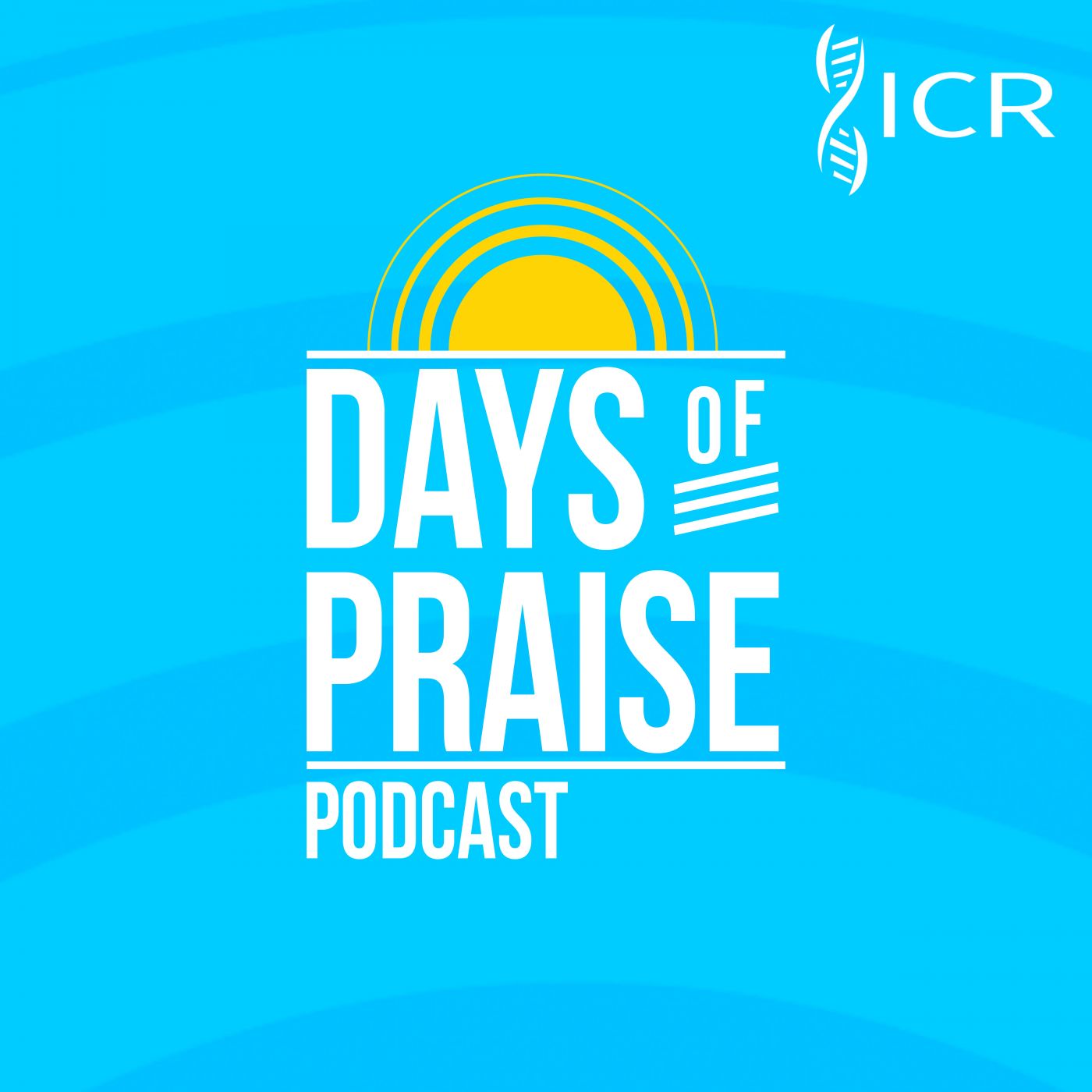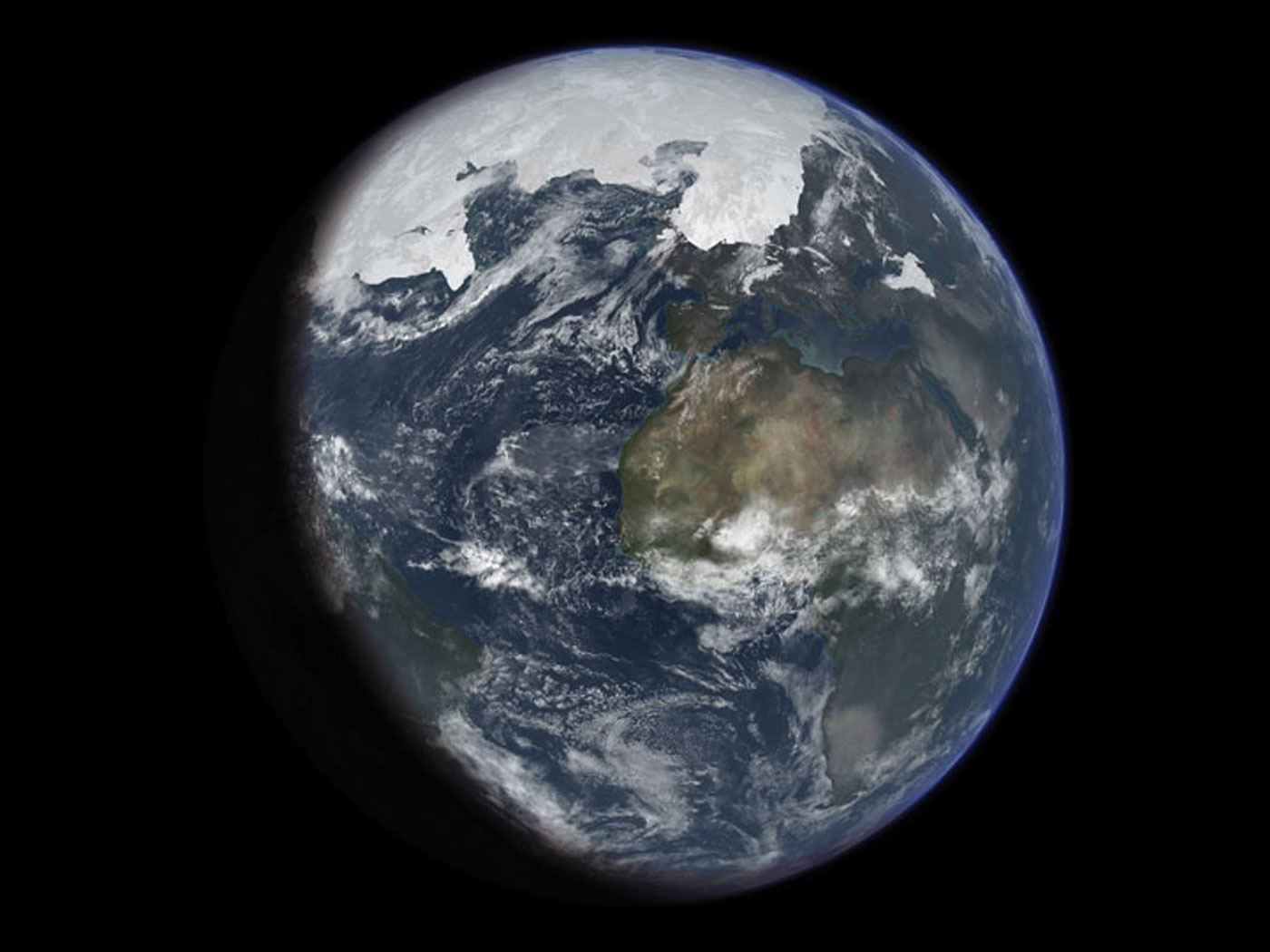“To whom also he shewed himself alive after his passion by many infallible proofs, being seen of them forty days, and speaking of the things pertaining to the kingdom of God.” (Acts 1:3)
To the first Christians, faith in the deity of Christ was not a blind leap into the dark. Only God could defeat death, and they knew—beyond all doubt—that Jesus Christ had risen bodily from the tomb. They had seen Him, touched Him, and eaten with Him, alone and in crowds, in closed rooms, and out in the open.
The term “infallible proofs” translates a Greek word used only this one time, meaning literally “many criteria of certainty,” and it is significant that the inspired Word of God applies it only to the resurrection of Christ. It is not too much to say that Christ’s resurrection is the most certain fact in all history, and many large volumes have been published setting forth the evidences thereof. No wonder the apostle Peter could say, “We have not followed cunningly devised fables, when we made known unto you the power and coming of our Lord Jesus Christ, but were eyewitnesses of his majesty” (2 Peter 1:16).
The apostle John testified thus: “The life was manifested, and we have seen it, and bear witness, and shew unto you that eternal life, which was with the Father, and was manifested unto us” (1 John 1:2). John not only saw Him in His resurrection body but also in His glorified body, hearing Him say, “I am he that liveth, and was dead; and, behold, I am alive for evermore” (Revelation 1:18).
It is true that we, like the first Christians, must believe on Christ to receive salvation, but this faith is not a credulous faith, a leap into the dark. It is a reasonable faith, based on many infallible proofs, and we can, therefore, trust Him with our eternal souls. HMM
 Days of Praise Podcast is a podcast based on the Institute for Creation Research quarterly print devotional, Days of Praise. Start your day with devotional readings written by Dr. Henry Morris, Dr. Henry Morris III, Dr. John Morris, and others to strengthen and encourage you in your Christian faith.
Days of Praise Podcast is a podcast based on the Institute for Creation Research quarterly print devotional, Days of Praise. Start your day with devotional readings written by Dr. Henry Morris, Dr. Henry Morris III, Dr. John Morris, and others to strengthen and encourage you in your Christian faith.











